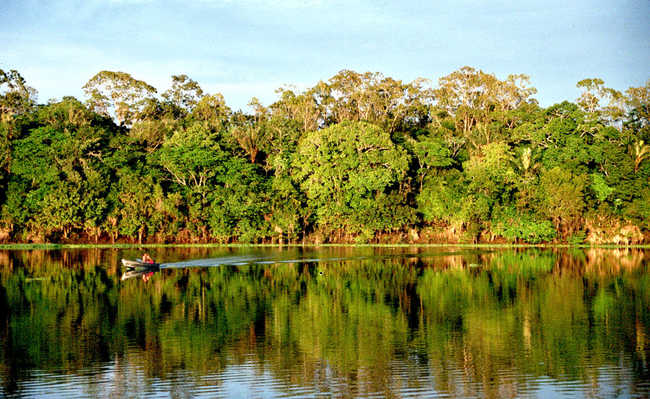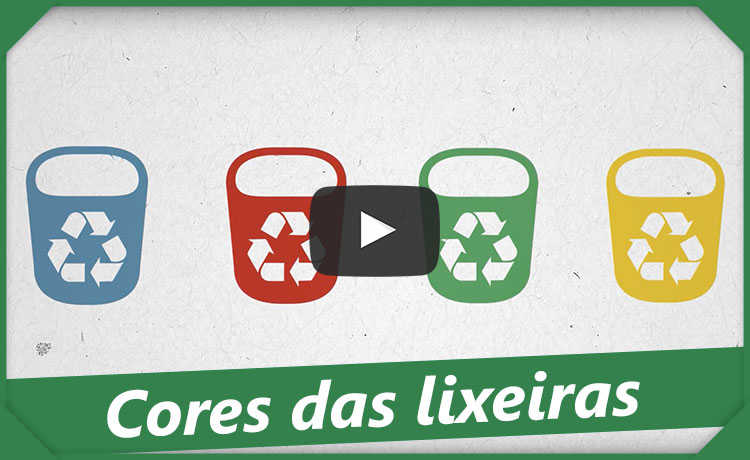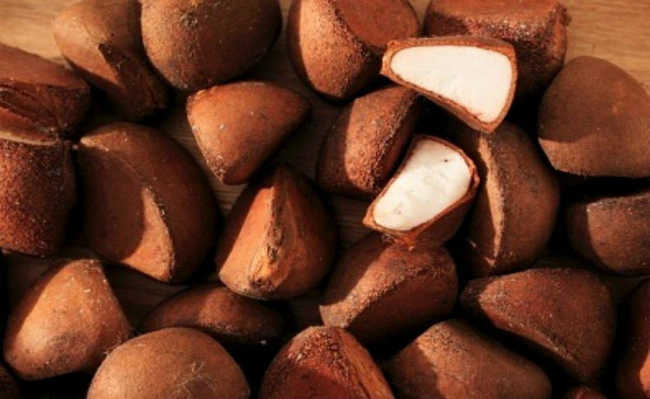Amazon: what is important to know
Amazon is home to the largest freshwater reservoir in the world, is rich in biodiversity and culture

Edited and resized image by Andre Deak, is available on Wikipedia and licensed under CC BY 2.0
The Amazon is an 8 million km2 region that spans nine countries in South America, including Colombia, Venezuela, Ecuador, Bolivia, Guyana, Suriname, France (French Guiana) and Brazil. The latter owns 60% of the Amazon. In addition to housing the largest freshwater reservoir in the world, it has the greatest biodiversity on the planet, is located in the largest hydrographic basin in the world and has the largest river in the world by volume of water: the Amazon River, with 6,937 km in length - being a significant provider of ecosystem services and territory of native peoples.
The Amazon Forest is scientifically called equatorial broadleaved forest. It gets its name for presenting a vegetation with large and broad leaves; and for being close to the equator, being dense, perennial (does not lose its leaves throughout the year in any season) and hydrophilic (adapted to the presence of abundant water). It covers 40% of the Brazilian territory, in addition to occupying portions of the territories of Venezuela, Colombia, Bolivia, Ecuador, Suriname, Guyana and French Guiana.
In Brazil, the Amazon forest occupies practically the entire northern region, mainly the states of Amazonas, Amapá, Pará, Acre, Roraima and Rondônia, in addition to northern Mato Grosso and western Maranhão.
The Amazon forest has a heterogeneous composition, with phytophysiognomies (the first impression caused by the vegetation) that can be classified according to their proximity to water courses: igapó forests, floodplain forests and terra firme forests.
- Amazon forest: what it is and its characteristics
Amazon Biome
The Amazon biome consists of several types of vegetation, including terra firme forest, igapó forest, tropical rainforest, Rio Negro caatingas, sandy savanna and rupestrian fields, covering 3.68 million km2. It is located in a very rainy region, with uniform distribution, except for a more rain-poor band in the north. Maximum temperatures are around 37-40 °C, and may vary by 10 °C.
The waters of the Amazon biome vary according to geology and vegetation cover. In the Tapajós River, for example, the waters are crystal clear, while in others, such as the Negro River, they are black. On the other hand, rivers such as the Amazon, or Madeira, have a muddy yellowish, turbid water.
The dark and very acidic waters of the Rio Negro are a consequence of the large amount of organic matter derived from the forest transformed into humus.
The soil of the Amazon biome is not very fertile. In the region of Manaus, in terra firme area, there are clayey, yellow, acidic soils, rich in aluminum and poor in nutrients. In the lower parts, there are sandy soils, even poorer in nutrients than the soils of the terra firme forest.
The floodplain soils of white water rivers are the richest in nutrients, as the rivers transport minerals from the rocks of the Andean region. In addition, they are naturally fertilized by floods, making them more arable.
There are also the soils known as “Terra Preta do Índio”, formed by ancient indigenous settlements, rich in organic matter and in phosphorus, calcium, magnesium, zinc and manganese.
Firm land forests: they are located in high lands, far from the rivers, they are elongated and thin trees, such as Brazil nuts, cocoa and palm trees. They have a large amount of wood species of high economic value.
Floodplain forests: they are in areas periodically flooded by the floods of white water rivers. Examples are rubber and palm trees.
Igapós forests: these are tall trees, adapted to flooded regions. They are located in low areas, close to rivers with clear and black waters, remaining humid for most of the year.
It is estimated that the Amazon rainforest is home to 50,000 species of plants, 3,000 species of fish and 353 species of mammals, 62 of which are primates. To give you an idea, there are more plant species in one hectare of Amazonian forest than in the entire European territory.
Bees also have outstanding diversity. Of the more than 80 species of meliponíneas (stingless bees), about 20 are bred in the region.
In the Amazon it is estimated that around 30% of plants depend on bees for pollination, reaching in some cases 95% of tree species. It is still necessary to consider the diversity of invertebrate groups such as earthworms, which have more than 100 species in the region, being fundamental for the decomposition of organic matter.
Risks to biodiversity in Amazonian forests include deforestation, logging, fires, fragmentation, mining, fauna extinction, invasion of exotic species, wildlife trafficking and climate change.
With the discovery of gold in the region (mainly in the state of Pará), many rivers are being contaminated. The miners use mercury, a substance that is contaminating rivers and fish in the region. Indians who inhabit the Amazon rainforest also suffer from illegal logging and gold in the region. In the case of mercury, it compromises river water and fish that are important for the survival of the tribes. Another problem is biopiracy in the Amazon forests.
Foreign scientists enter the forest, without authorization from Brazilian authorities, to obtain samples of plants or animal species. They take these to their countries, research and develop substances, registering a patent and then profiting from it. The big problem is that Brazil would have to pay, in the future, to use substances whose raw materials originate in our territory.
Environmental services
Environmental services represent a concept that could change the way we relate to the environment, especially a means of influencing decisions about land use in the Amazon . Historically, strategies to sustain the population in the Amazon have included the production of goods and in general the destruction of the forest. However, studies show that the most promising long-term strategy is based on maintaining the forest standing as a source of environmental services, which can generally be grouped into three categories: biodiversity, water cycling and mitigation of the greenhouse effect. .
The Amazon biome is of great importance for the planet's environmental stability. More than a hundred trillion tons of carbon are fixed in its forests. Its vegetal mass releases something around seven trillion tons of water annually into the atmosphere, through evapotranspiration, and its rivers discharge about 20% of all the fresh water that is discharged into the oceans by the existing rivers on the globe. In addition to providing relevant environmental services, these springs have hydroelectric potential of fundamental importance for the country, in addition to vast fisheries resources and potential for aquaculture.
cultural wealth
In addition to its recognized natural wealth, the Amazon is home to an expressive group of indigenous peoples and traditional populations that include rubber tappers, chestnut trees, riverside dwellers, babassu trees, among others, which make it stand out in terms of cultural diversity.
In the Amazon, it is still possible for the existence of at least 50 aloof indigenous groups without regular contact with the outside world. Indigenous peoples have the best experience in maintaining the forest, and dealing with these peoples is essential to ensure the maintenance of the large areas of forest they inhabit.
The benefits of environmental services provided by the Amazon biome must be enjoyed by the people who live in its forests. Thus, developing strategies that capture the values of these services will be the long-term challenge for everyone who relates to and cares about this biome.
- Book presents the nearly two hundred languages spoken by indigenous peoples
- Study shows that demarcation of indigenous lands reduces deforestation and emissions
Deforestation in the Amazon
Deforestation in the Amazon is a matter of great concern for Brazil, as it leads to significant changes in the functioning of ecosystems, generating impacts on the structure and fertility of soils and on the hydrological cycle, constituting an important source of greenhouse gases.
On the other hand, zeroing deforestation in the Amazon is possible and would bring environmental and social benefits to Brazil and the world. Unlike what many people might imagine, it is feasible to quickly zero deforestation based on the experiences already developed in the country. However, deforestation in the Amazon has increased since 2012 – and is likely to continue.
Among the main causes, we can highlight impunity for environmental crimes, setbacks in environmental policies, livestock activities, encouragement of illegal occupation of public lands and the resumption of major works. 55 million hectares were felled between 1990 and 2010, more than double that of Indonesia, which ranks second.
The pace of destruction, between 2008 and 2018, deforestation in the Amazon was 170 times faster than that recorded in the Atlantic Forest during Colonial Brazil.
The loss was accelerated between 1990 and 2000, with an average of 18,600 km² deforested per year, and between 2000 and 2010, with 19,100 km lost annually and 6 thousand km² between 2012 and 2017. About 20% of the forest The original has already been placed below without generating significant benefits for Brazilians and for the development of the region. On the contrary, the damages are manifold. Learn more about this topic in the article: "Deforestation in the Amazon: causes and how to fight it".
Burns in the Amazon
There are three main types of fires in the Amazon, the first being due to deforestation. In this case, the vegetation is cut down and dried in the sun. Then the fire is set to prepare the area for agriculture or livestock.
Another type is the burning carried out from an already deforested area, with the purpose of reducing what is called "weed". The third type is called a wildfire, and it can invade forests. Setting fires is also a cultural practice of small farmers, indigenous peoples and traditional peoples, but there are those who do it with speculative interests, which can significantly harm the biome. Learn more about the topic in the article: "Learn more about the burnings in the Amazon".










